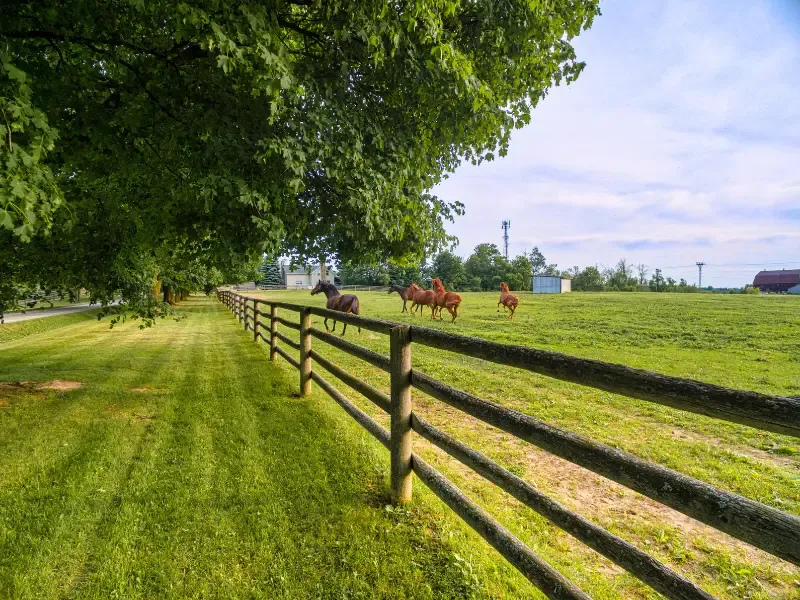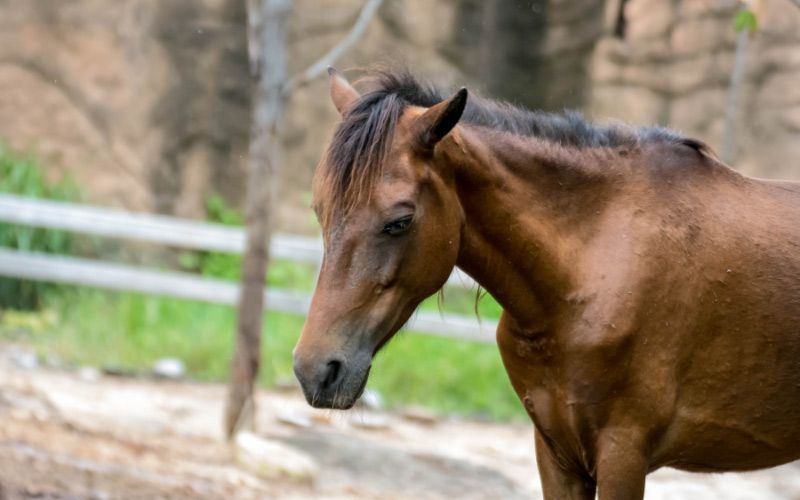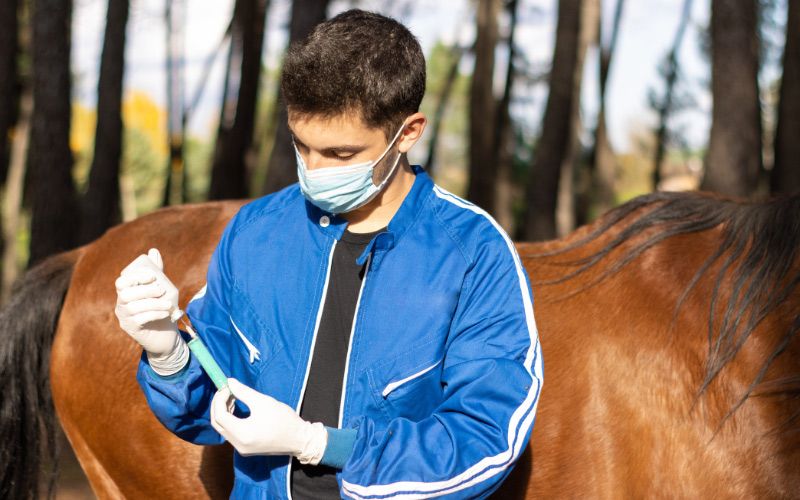Equine Anhidrosis and the Role of Acupuncture in Treatment
Equine anhidrosis, also known as non-sweating disease, is a severe condition in horses where the sweat glands do not function properly, leading to an inability to sweat. Sweating is vital in helping horses regulate their body temperature, especially in hot and humid climates. When horses cannot sweat, they lose a crucial mechanism for cooling down, resulting in overheating and a range of related health issues. These issues may include reduced performance, heat stroke, and, in severe cases, it can even lead to death. Horse owners and caregivers need to be aware of the signs of anhidrosis and take preventive measures to help horses manage their body temperature effectively. We provide equine anhidrosis treatment with both traditional and holistic methods.



